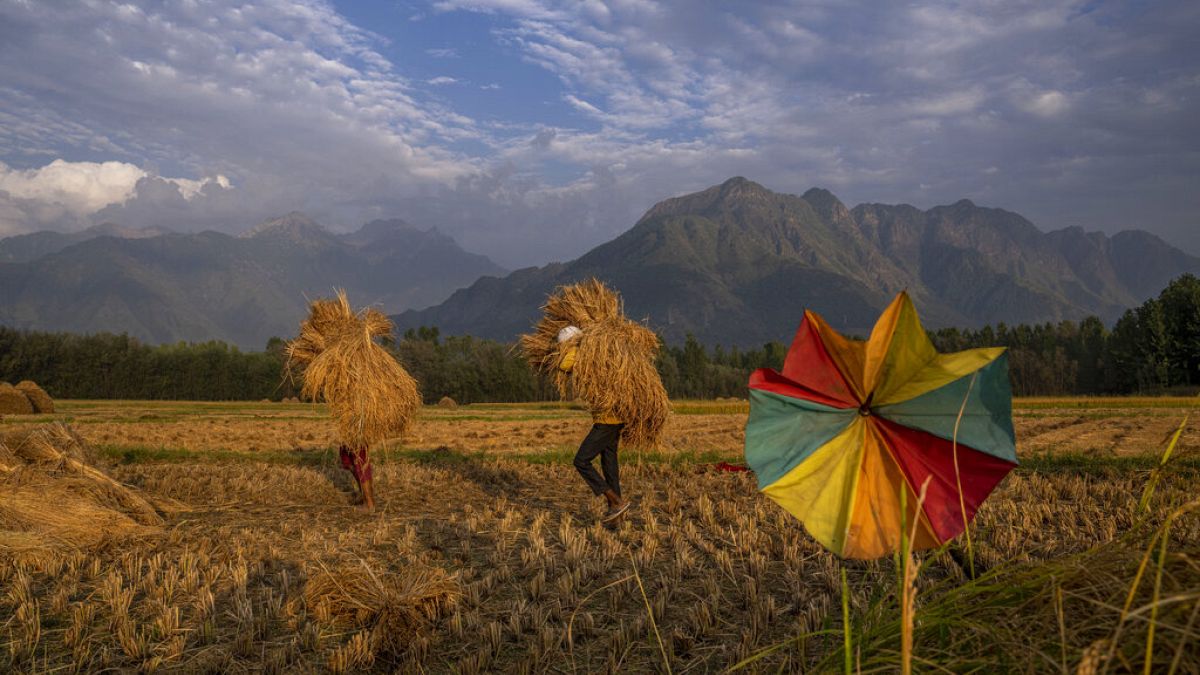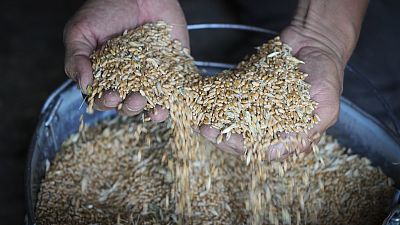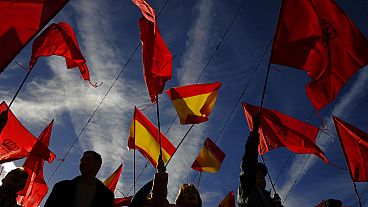Rice has reached its highest price since 2008 and several Asian countries have started imposing export restrictions.
Rice is a vital food for the world's population. Nearly 20% of the calories consumed by half the world come from the grains, according to the Food and Agriculture Organization of the United Nations (FAO).
These figures become more relevant in Asia, since the continent consumes around 85% of the total rice production, the FAO said.
It's no wonder then that an increase in the price of rice, the highest since 2008, has set off alarm bells around the world, to the point that experts fear a possible food crisis in Asia.
Specifically, rice export prices in Thailand have increased by almost 50% year-on-year, according to a report by economists at UK bank HSBC. They currently stand at more than $600 (€562) per tonne, taking Thailand's price as a reference.
The report warns that the situation could have much bigger repercussions for the rest of the world, as the percentage of rice consumption has doubled in the last 25 years.
Why is the price of rice increasing around the world?
HSBC blames part of the price increase on irregular rainfall and drought, which hinder production processes in terms of harvests, supply and costs.
This is another blow to Asia, responsible for 90% of the world's rice production, according to data from the United States Department of Agriculture (USDA).
The impact of the weather phenomenon El Niño has severely affected production in India and Pakistan. In 2022, below-average monsoon rains decreased overall production in India, and devastating floods reduced Pakistan's annual production by 31%.
Russia's war in Ukraine is another aggravating factor. Due to the conflict, the price of fertiliser, energy and fuel reached record highs last year, according to World Bank data.
This, coupled with the disruption of the supply chain, has driven up production costs and squeezed producer margins.
What are the world's largest rice producers doing?
India, the world's largest rice exporter (with 40% of the total), banned exports of non-basmati white rice in July.
The government explained that the aim of this measure was "to ensure adequate availability of non-basmati white rice in the Indian market and to mitigate price increases in the domestic market".
Despite this, there are certain exceptions.
India's Directorate General of Foreign Trade clarified that the export of non-basmati white rice to countries that need to "meet their food security needs" will continue.
Thailand, like Vietnam, made the decision to increase the price of its exports to improve farmers' incomes.
Thai government spokesman Thanakorn Wangboonkongchana said the aim is to "increase bargaining power in the global market."
In the Philippines, the government imposed a cap on the price of rice in the country -- a limit that will remain in place indefinitely, according to authorities.
The Philippines is one of the nations most dependent on rice imports, due to a shortage of arable land and inefficiencies in supply chains.
Fears of another rice crisis like 2008
The current rice price crisis has revived memories of the 2008 crisis.
According to a study by the OECD, between January and May 2008, the price of a tonne of rice rose from US$300 to US$1,200 (a 300% increase).
"The memory of the food price shock in Asia in 2008 is still very much with us," said HSBC. "Back then, rising rice prices in some economies quickly spread to other markets as consumers and governments across the region struggled to secure supplies. It also pushed up prices for other staples, such as wheat, as buyers opted for alternatives."
The rice price crisis had serious consequences worldwide, with countries such as Haiti, Egypt and Cameroon being among those that have experienced several protests against food insecurity.
But as things stand, the first to suffer the consequences would be Asian nations such as Hong Kong and Singapore, which import all their rice.



